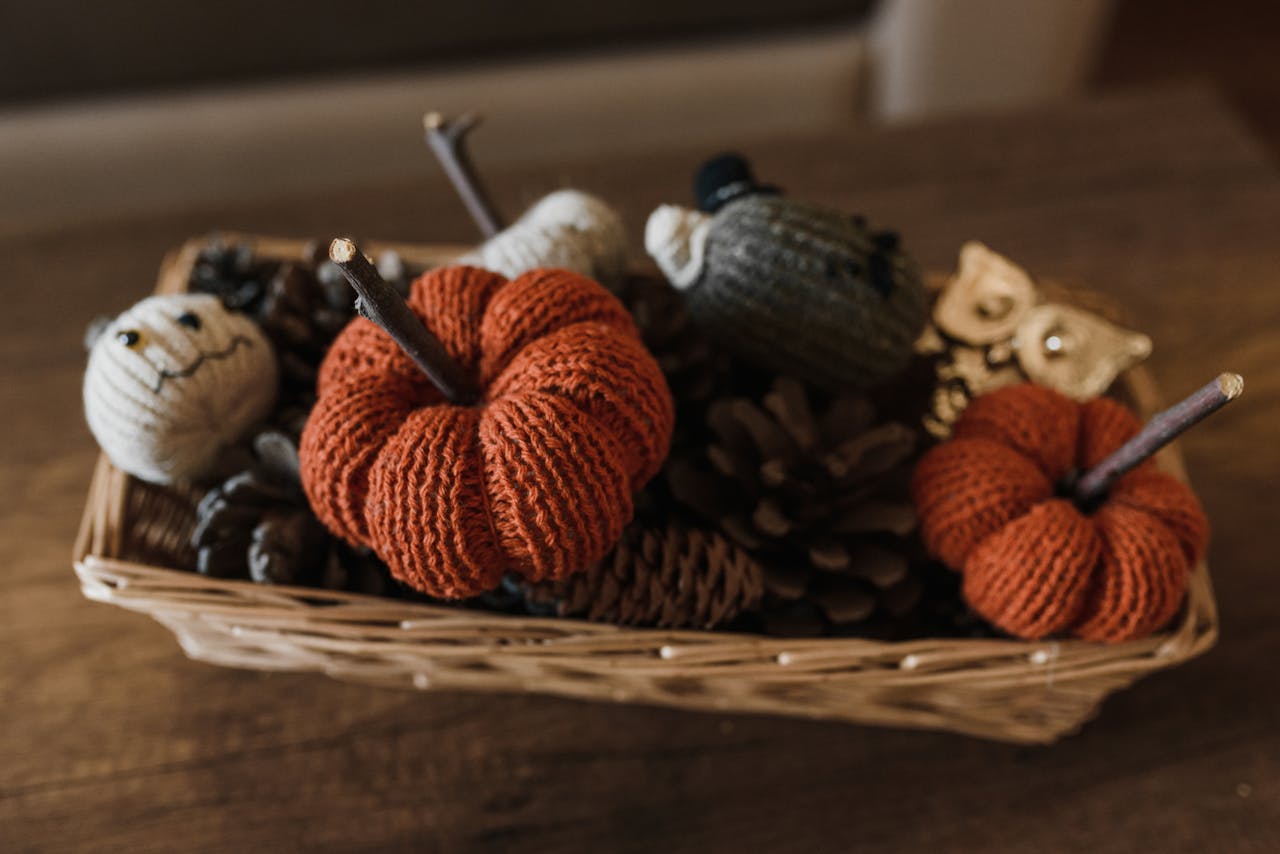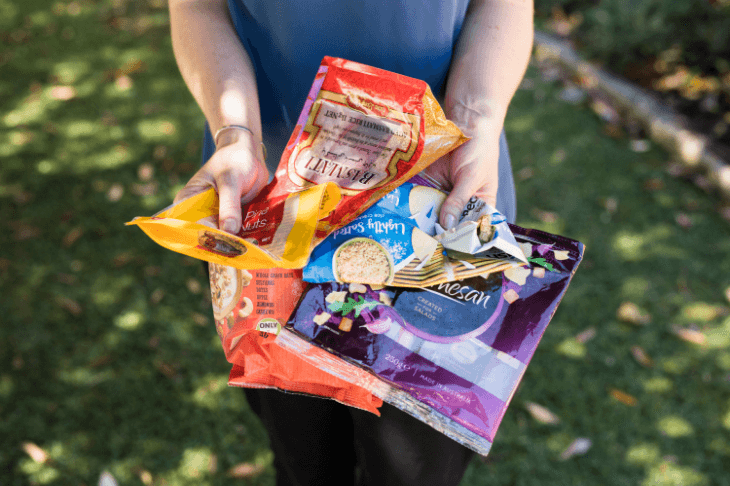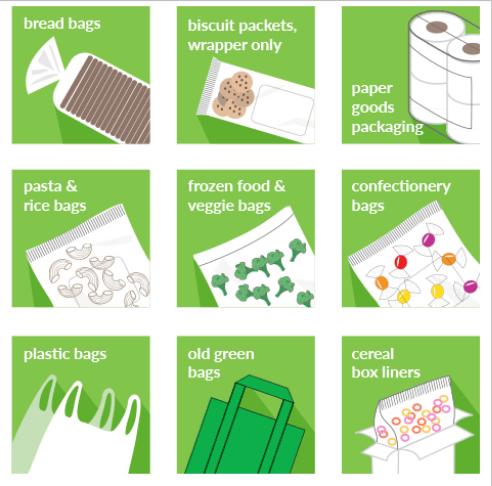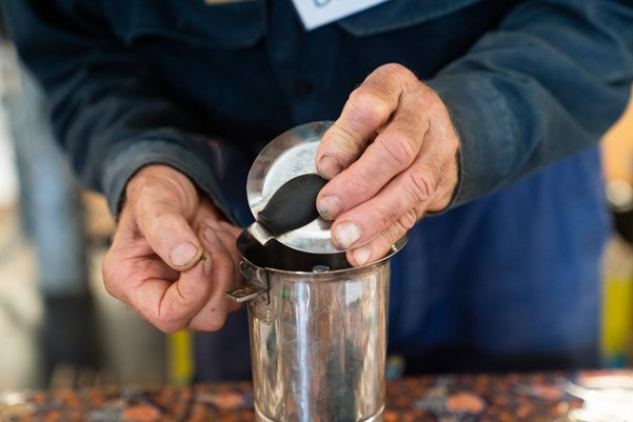
I ghosted waste this Halloween
As the spooky season approaches, it’s easy to get caught up in the excitement of costumes, decorations and treats. Here are five ghoulishly good tips to avoid the bin fright next bin night.
Posted on: July 13, 2020
You’ve probably seen or heard about the new state-wide guidelines on recycling and know that soft plastics – that is, anything that is scrunchable – shouldn’t be placed in your yellow top recycling bin.
If you’re asking yourself what you should be doing with all that flimsy plastic then it’s important to know that recycling is still the answer!

Firstly, you’ll need to keep soft plastics separate from the rest of your recycling because you’re going to have to put a tiny bit more effort into giving it a second life.
Secondly, you’ll want to get in the habit of grabbing these and dropping them into the RedCYCLE bin at your nearest participating supermarket.
This small act will help to prevent plastic – which as we all know can take thousands of years to break down – from ending up in landfill.
Almost all ‘empty and dry’ soft plastics can be placed in the specially marked bins. RedCYCLE provides a full list on its website but, to get you started, these are just some of the things that you recycle:

You can also include common plastic items such as Australia Post sachets, bulk pet food bag and bubble wrap. When it comes to larger items they ask that you trim them to A3 size.
All of the plastic is collected and returned to a RED Group facility for processing, before being sent on to Victorian manufacturer Replas where it is transformed into a unique range of recycled-plastic products including furniture, bollards and signage.
REDcycle is a voluntary, industry-led initiative supported by major supermarket chains and well-known consumable brands. You can find a full list of the companies that support this scheme on the RedCYCLE website.
Soft plastics, including lightweight plastic bags, can often damage the automated machines typically used to sort household recycling, making the recycling process less efficient. This video demonstrates the sorting process at a US-based recycling facility, but it also applies in Australia (and hands up who can spot an Australian supermarket chain cameo at the end?).
If you aren’t already recycling your soft plastics it’s time to start! For more information on the RedCYCLE program visit www.redcycle.net.au

As the spooky season approaches, it’s easy to get caught up in the excitement of costumes, decorations and treats. Here are five ghoulishly good tips to avoid the bin fright next bin night.

Tips on what you can and can’t place in your kerbside recycling bin if you live in Western Australia. This back-to-basics article will help you to recycle better.

GREAT Sorts in your neighbourhood put less in their landfill bin by finding their local repair lab or repair cafe.